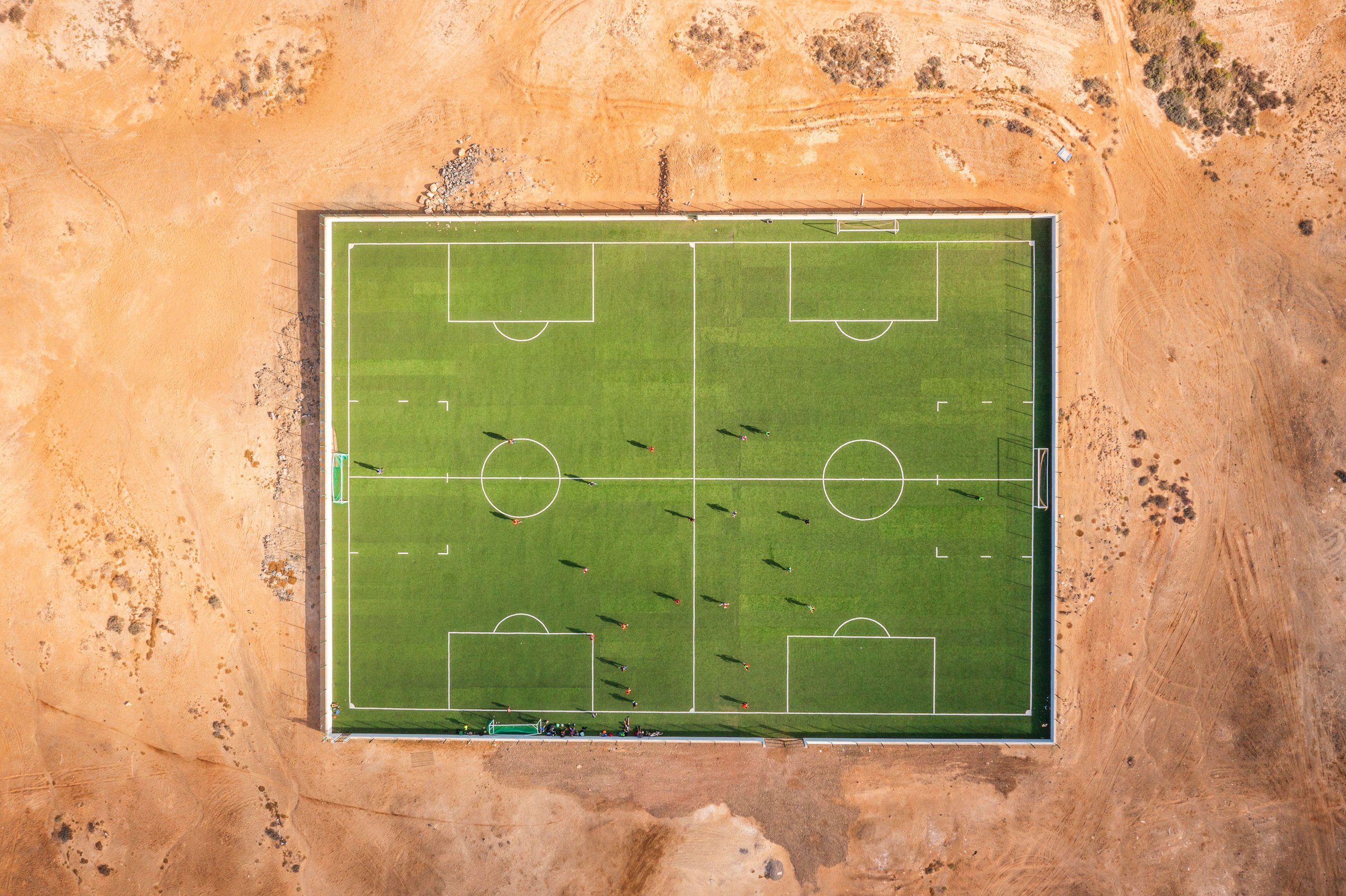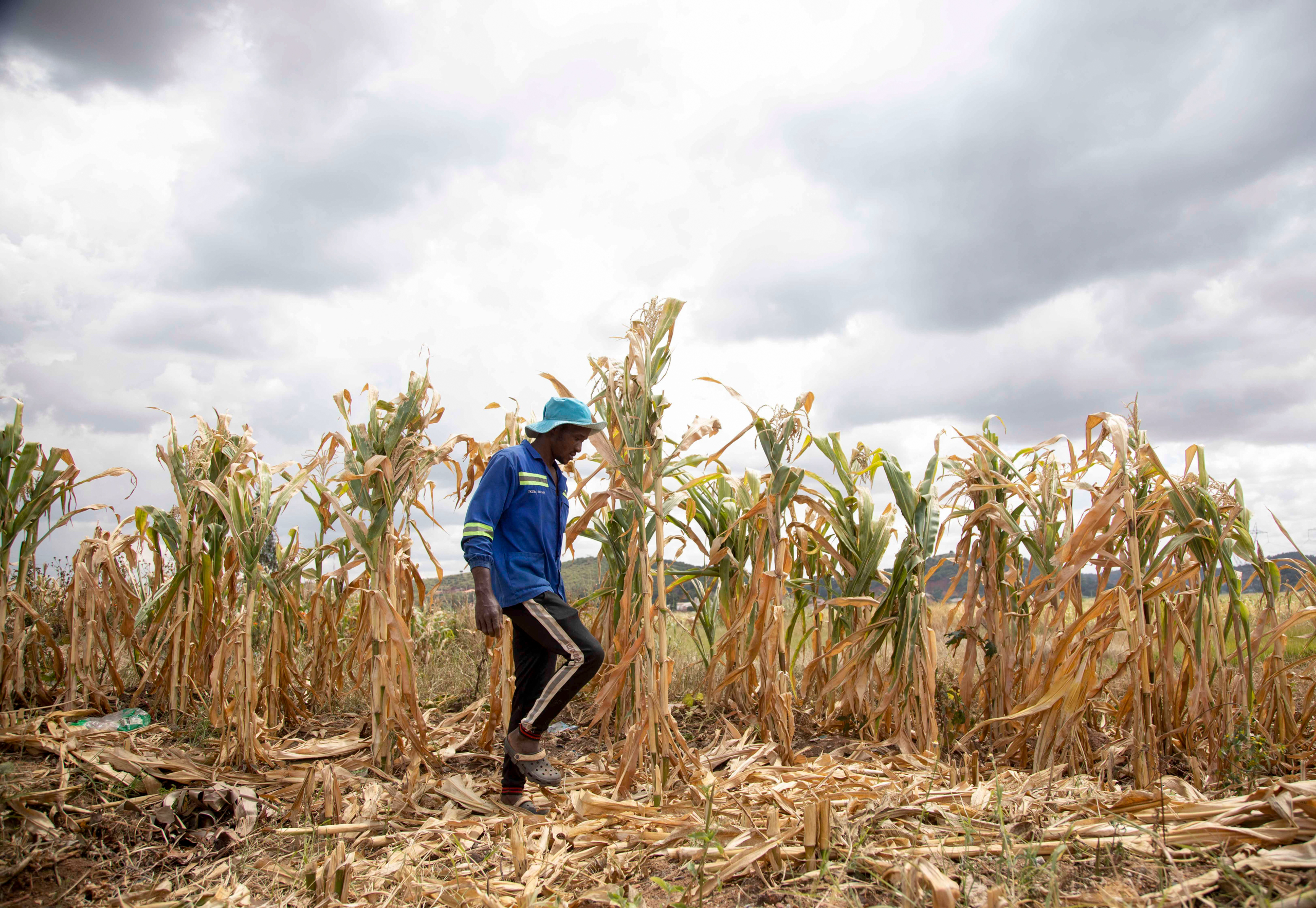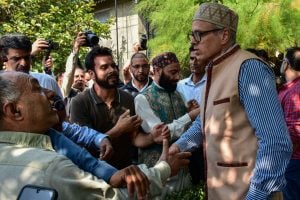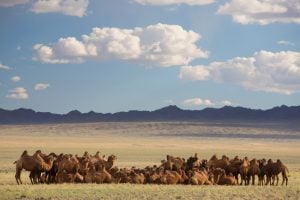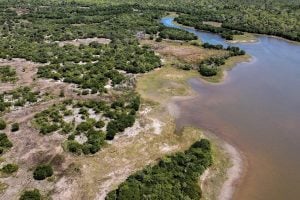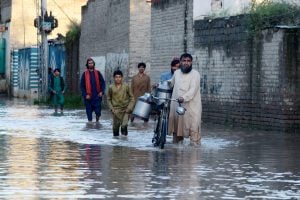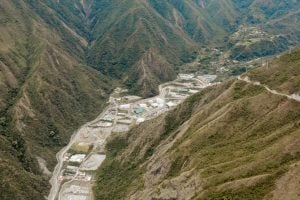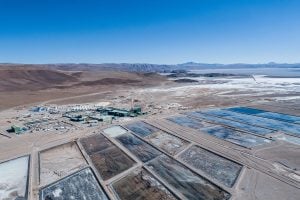Africa is the continent most vulnerable to the impacts of climate change, despite only contributing about 3% of global cumulative CO2 emissions. These impacts extend in many directions, including along the continent’s running tracks and across its football pitches.
They have even led to calls for a full reorganisation of the sporting calendar to factor in the health and performance impacts athletes are facing.
How exactly is sport in Africa being affected? How much worse could it get? And what steps are being taken to improve the situation? Dialogue Earth spoke to athletes, administrators and sports journalists from across the continent to find answers.
Pan-African impacts
Alphonce Felix Simbu is a Tanzanian marathon runner who competed in the Paris Olympics. He hails from Arusha, a city nestled in East Africa’s Great Rift Valley that was once renowned for its cool breezes and temperate climate. Now, this north-eastern region of Tanzania is experiencing more extreme temperatures. Simbu tells Dialogue Earth: “Ten years ago the weather used to be very cool, but now it is difficult to train during the day because of the heat. I now train in the evenings, but this means training sessions are short.”
In Nigeria, the men’s national football team is doing the same. “The team has resorted to training during the evening when temperatures have gone down,” says the team’s former media manager, Babafemi Raji.
Climate change is affecting all kinds of sports across the continent. Wendy Gila, president of Roller Sport South Africa, says roller sports are now being impacted by “extreme heat, extreme cold and erratic flash floods”.
Gila mentors Keamogetswe Masango, who competed in the artistic roller skating competition at this year’s World Skate Games in Italy. She is from northern Gauteng, a South African province that has been experiencing frequent erratic foods. “We can’t skate on a wet surface, so when it rains excessively it means no game,” she says.
Victor Ignatious Gideon is the national director of Special Olympics South Sudan, which provides sports training and competitions for people with intellectual disabilities. South Sudan has faced both devastating droughts and catastrophic flooding in recent years.
“Athletes face the challenge of high temperatures, which have in the past led to the closure of public training facilities,” he says. For example, during a blistering heatwave in March this year, South Sudan’s schools were closed to protect children. As a result, some athletes were unable to train at their usual facilities.
Gideon adds that most of the country’s top athletes have “relocated to other African countries or abroad, for better environmental conditions and infrastructure to nurture their talents”.
Abraham Majok Matet is a South Sudanese middle-distance runner and Olympian based in Japan. “There are neither paved platforms nor maintained grass on pitches in South Sudan, making it hard for athletes to train in the dusty grounds,” he says. “When it floods, the tracks become muddy.”
Zimbabwe, meanwhile, is currently battling an El Niño-induced drought that has worsened an economic crisis. Joel Luphahla, a coach for Harare’s Dynamos Football Club, says even when it does rain, “there is no drainage system … all matches have to stop because the pitches will flood.” None of the Southern African country’s football stadiums are approved by the International Federation of Association Football (Fifa) or the Confederation of African Football.
Brian Wesaala is founder and CEO of the Football Foundation for Africa, based in Uganda. He says most football pitches at “both grassroots and elite levels in Africa are not climate-change friendly, making it difficult for games to be played in extremely hot or extremely wet conditions”.
Efforts to adapt and the need to improve facilities
Some measures are being taken to help athletes. During the 2014 Football World Cup in Brazil, Fifa introduced three-minute breaks to allow players to cool down and rehydrate. Similar breaks were used during the 2023 Africa Cup of Nations (Afcon) in Côte d’Ivoire. The tournament had initially been scheduled for June and July, but was pushed to January and February 2024 due to floods and extreme heat.
Since Afcon 2021, African football teams have been permitted to make five substitutions per match instead of three. The change was made to lessen the impact of player absentees caused by Covid-19, but it has had other benefits. In Zimbabwe, “it has helped rest the players in this continually warming environment,” says Luphahla.
Meanwhile, talking about South Africa, Gila says “indoor training facilities with shade are needed to lessen the impact of extreme weather on roller athletes.”
Wesaala agrees, saying that because the African sports industry is still developing, countries should consider building facilities that are climate resilient. “Practices such as rainwater harvesting to make sure pitches are ecologically friendly are also ideal,” he adds.
Drought, nutrition and sporting outcomes
Good nutrition is vital to athletes’ development and performance, but climate change is impacting that, too.
“In South Sudan”, says Matet, “most athletes are struggling to put a single meal on the table due to poverty exacerbated by harsh climatic conditions.” He adds that due to high unemployment, most athletes in his country “do not have side hustles to supplement their sports earnings”.
In Tanzania, too, Simbu notes that “drought has affected the nutrition and diet of athletes.”
Injuries and fatalities
The impacts of climate change on sport can pose risks beyond athletic performance. At Afcon 2021 in Cameroon, a referee became confused due to heatstroke, blowing the final whistle five minutes early.
Paul Onyeudo, director of sports medicine for the Nigerian Ministry of Youth and Sports, says: “Injuries and fatalities linked to sport need to be investigated and recorded if intervention measures are to work.” Governments need to make funds available for addressing issues of climate change in sports, he adds.
Raising awareness and smart scheduling
Though many of the athletes, sports officials and journalists Dialogue Earth spoke to are aware of climate change’s impact on sports, many are not.
“Athletes and journalists need to be more aware and more knowledgeable on the subject if intervention measures are to be successful,” says Charles Mabika, a Zimbabwean sports journalist.
In Uganda, Wesaala says Football Foundation for Africa “has partnered with other organisations to hold workshops and programmes aimed at educating African athletes, journalists and other officials on the impact of climate change on sports”.
Wesaala has also urged officials to “try and reorganise the sports calendar and work closely with weather specialists to make sure players play under the best conditions”.
The next Afcon will be held in Morocco between December 2025 and January 2026; the 2027 tournament will be cohosted by Kenya, Tanzania and Uganda. Wesaala wants the organisers to carefully consider timings to “mitigate the effects of climate change”.
Sport’s green goals
Leading sporting bodies have started making sweeping decarbonisation commitments.
In 2018, the International Olympic Committee (IOC) and the UN Framework Convention on Climate Change (UNFCCC) co-launched the UN Sports for Climate Action Framework. Its signatories aim to combat climate change through commitments and partnerships that will enable the measurement and reduction of greenhouse gas emissions in sport. Athletics Kenya was the first national athletics federation to become a signatory, and more than 280 sports organisations have committed to the framework. It currently requests signatories to commit to halving emissions by 2030 and achieving net zero by 2040.
Two years ago, the IOC’s president Thomas Bach officially opened the Olympic Forest in Dakar, ahead of the 2026 Youth Olympic Games in Senegal. The project symbolises the IOC’s commitment to reducing its carbon emissions in line with the Paris Agreement: a reduction of 30% by 2024, and 45% by the end of this decade.
